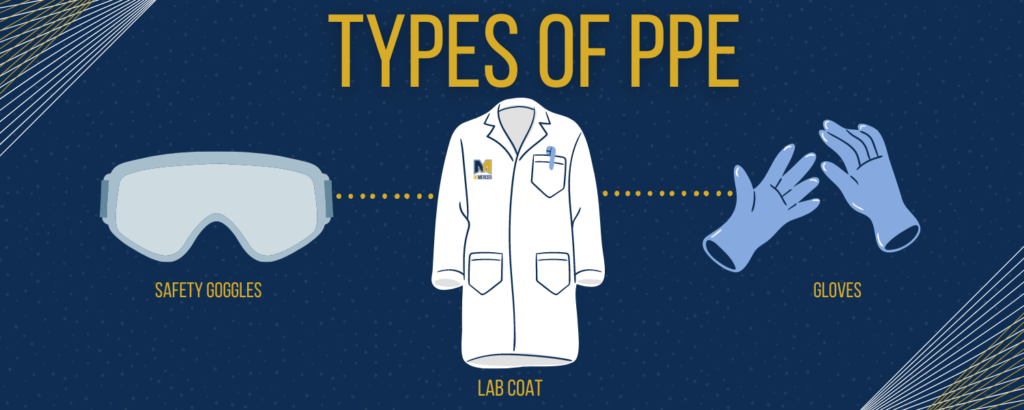Introduction
Fires can vary significantly in terms of the materials burning, the intensity of heat, and the type of hazards they present. To effectively combat different types of fires, it’s crucial to have the appropriate Personal Protective Equipment (PPE) that suits the specific challenges posed by each scenario. In this guide, we’ll explore the various types of fires and the corresponding PPE required to ensure your safety while dealing with these diverse emergencies.

Types of Fires and Corresponding PPE
- Class A Fires: Ordinary Combustibles
- Class A fires involve ordinary combustible materials such as wood, paper, cloth, and plastics. These fires typically produce moderate heat and can be extinguished using water or water- based extinguishers.
- Required PPE
- Fire-Resistant Clothing: Wear fire-resistant gear to protect against heat and flames
- Fire-Resistant Gloves: Heat-resistant gloves provide protection while handling materials and equipment.
- Class A fires involve ordinary combustible materials such as wood, paper, cloth, and plastics. These fires typically produce moderate heat and can be extinguished using water or water- based extinguishers.
- Class B Fires: Flammable Liquids and Gases
- Class B fires involve flammable liquids like gasoline, oil, and propane, as well as flammable gases. These fires can spread rapidly and may involve intense heat.
- Required PPE:
- Fire-Resistant Clothing: Wear flame-resistant gear to protect against intense heat and potential splashes.
- Fire-Resistant Gloves: Heat-resistant gloves shield your hands from burns and heat exposure.
- Eye Protection: Protective eyewear guards against splashes and potential eye irritation.
- Respiratory Protection: Respirators protect against inhaling toxic fumes and gases produced by burning liquids.
- Class C Fires: Electrical Fires
- Class C fires involve electrical equipment and appliances. The primary concern is both the fire and the risk of electrocution
- Required PPE:
- Non-Conductive PPE: Wear non-conductive gear to minimize the risk of electrical shock. This includes gloves, boots, and other equipment.
- Fire-Resistant Clothing: Flame-resistant clothing provides protection from heat produced by electrical fires.
- Class C fires involve electrical equipment and appliances. The primary concern is both the fire and the risk of electrocution
- Class D Fires: Combustible Metals
- Class D fires involve combustible metals like magnesium, titanium, and sodium. These fires require specialized extinguishing agents and approaches due to the unique properties of these metals.
- Required PPE:
- Specialized PPE: Use specialized PPE designed for dealing with combustible metals. Consult experts or safety guidelines for specific recommendations.
- Class D fires involve combustible metals like magnesium, titanium, and sodium. These fires require specialized extinguishing agents and approaches due to the unique properties of these metals.
- Class K Fires: Cooking Oils and Greases
- Class K fires occur in kitchens and involve cooking oils and greases. These fires can be particularly challenging due to the high temperatures and flammable nature of cooking fats.
- Required PPE:
- Fire-Resistant Clothing: Wear flame-resistant gear to protect against intense heat and potential splashes.
- Fire-Resistant Gloves: Heat-resistant gloves shield your hands from burns and heat exposure.
- Eye Protection: Protective eyewear guards against splashes and potential eye irritation.
- Respiratory Protection: Respirators protect against inhaling toxic fumes produced by burning oils and fats.
- Class K fires occur in kitchens and involve cooking oils and greases. These fires can be particularly challenging due to the high temperatures and flammable nature of cooking fats.
Multi-Hazard PPE
In some cases, fires may involve a combination of hazards, such as toxic gases, high heat, and potential for electrical shock. In such scenarios, using multi-hazard PPE is essential to ensure comprehensive protection.
Wildfires
Wildfires are complex and may involve multiple types of fires along with environmental hazards like smoke, ash, and falling debris.
- Required PPE:
- Fire-Resistant Clothing: Wear fire-resistant gear to protect against heat and flames.
- Eye Protection: Protective eyewear guards against smoke, ash, and flying debris.
- Respiratory Protection: Respirators protect against inhaling toxic smoke and particulates.
- Sturdy Footwear: Wear sturdy, fire-resistant boots to prevent burns from hot surfaces.
Conclusion
Choosing the right Personal Protective Equipment (PPE) for different types of fires is crucial for your safety as well as the effectiveness of your response. Understanding the unique characteristics of each type of fire and its associated hazards is the key to selecting the appropriate gear. Whether you’re dealing with ordinary combustibles, flammable liquids, electrical fires, combustible metals, or cooking oils, having the right PPE can make all the difference in effectively mitigating the situation while safeguarding your well-being. Always stay informed, be prepared, and prioritize safety when dealing with different types of fires.

